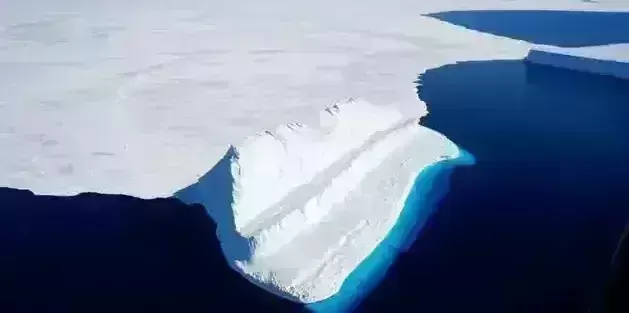
Evidence of Antarctic glacier's tipping point confirmed
text_fieldsFor the very first time, researchers have confirmed that the Pine Island Glacier in West Antarctica could cross tipping points leading to a massive rise in sea level.
The glacier has been a cause for concern for scientists recently since it is losing more ice than any other glaciers in Antarctica. At present along with its neighboring Thwaites glacier, the Pine Island Glacier is responsible for about 10 per cent of the ongoing increase in global sea level.
The findings published in the journal The Cryosphere suggest that this region of Antarctica could reach a tipping point and undergo an irreversible retreat which once started can lead the entire West Antarctic Ice Sheet to collapse. And the collapse of this Ice Sheet is enough to raise the global sea level by over three meters.
"The potential for this region to cross a tipping point has been raised in the past, but our study is the first to confirm that Pine Island Glacier does indeed cross these critical thresholds," said Dr. Sebastian Rosier, lead author of the study.
The researchers used a state-of-the-art ice flow model developed by Northumbria's glaciology research group have developed a method that enables them to identify tipping points within ice sheets.
Pine island glacier has at least three tipping points among which the first two are relatively small but require a large reversal in ocean conditions for recovery. However, the third tipping point or the final event caused by a 1.2 degree Celsius increase in ocean temperatures can lead to an irreversible retreat of the entire glacier.
Changing wind patterns in the Amundsen Sea in combination with long-term warming and shoaling trends in Circumpolar Deep Water long-term warming and shoaling trends in Circumpolar Deep Water and makes the temperature changes of this magnitude more likely.
Hilmar Gudmundsson, Professor of Glaciology and Extreme Environments said, "The findings of this study also concern me. Should the glacier enter the unstable irreversible retreat, the impact on sea level could be measured in meters, and as this study shows, once the retreat starts it might be impossible to halt it."






















